Created by the members of the ASC just for you!
- Lemon Squares
- Red Pepper Jelly
- Delicious Chocolate Fudge Sauce
- Almond Macaroons
- Pies
- Lots of fabulous Cookies
Just to name a few
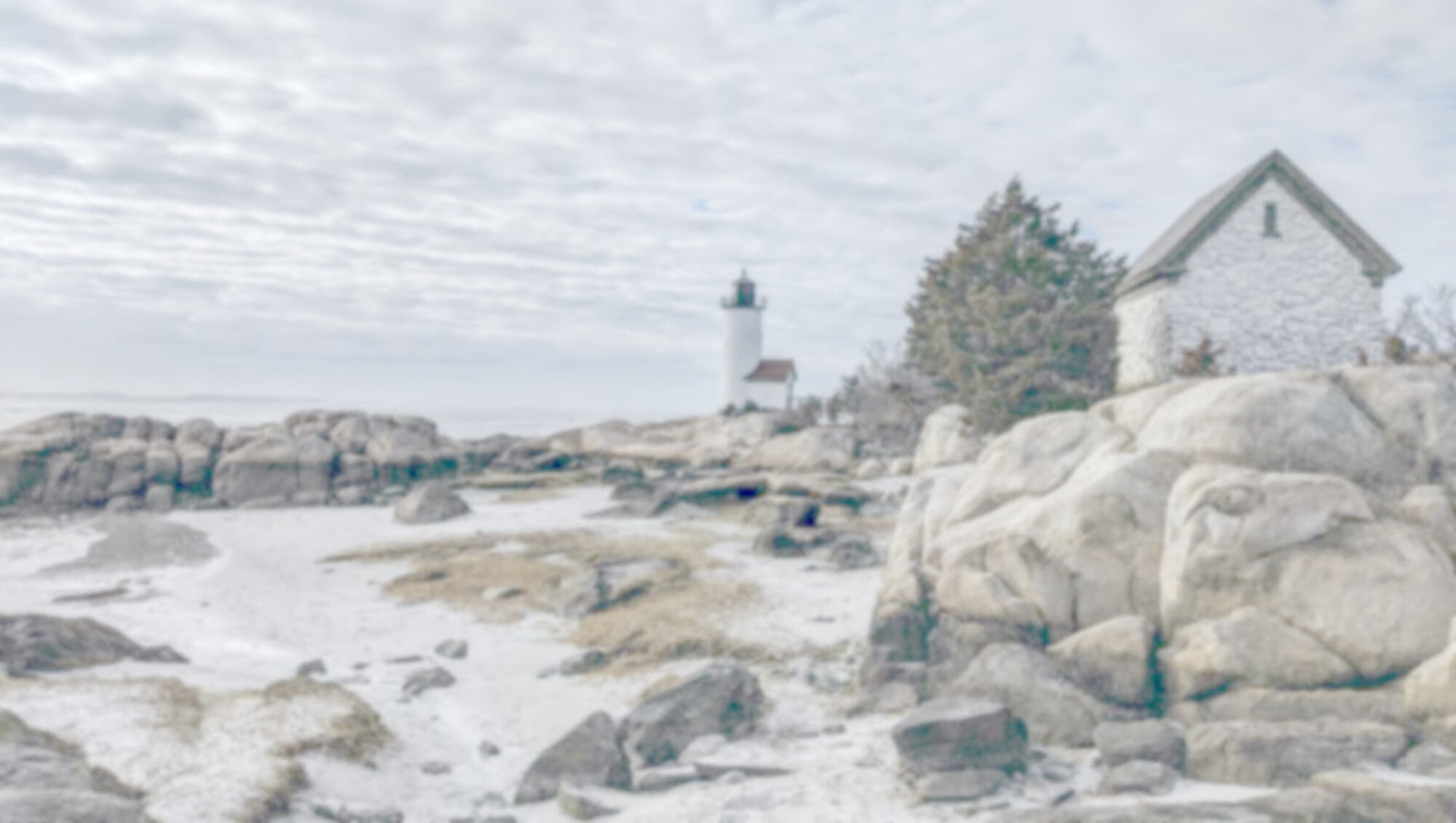
The purpose of the Annisquam Sewing Circle, a standing committee of the Annisquam Village Hall Association, is to promote the furtherance of friendship and congeniality and the performance of acts of benevolence.
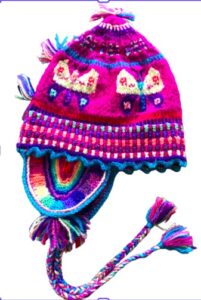
Grace Murray, a long-time resident of Annisquam and member of the Annisquam Sewing Circle, was well known for knitting beautiful, Peruvian-style hats.
She created over 400. They were seen around the world from Cape Ann to Washington DC and atop Mount Kilimanjaro.
Handicap accessible through the Walnut St. entrance
A[email protected]
In the months leading up to our Christmas Fair the members are busy creating one-of-a-kind handcrafted items for the Craft Table, searching through recipes for a new idea for the Gourmet Table and gathering items to decorate wreaths and table decorations.
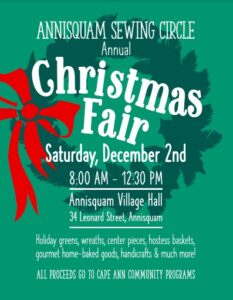
During the week before the Fair the Members will be very busy decorating fabulous wreaths, beautiful table and mantle pieces.
At home our wonderful bakers will be at work on items for the Gourmet Table. Last-minute touches are being added to the hand-created works for the Craft Table where you will find beautiful knits, cards and many unexpected items. This year there will be a new Needlepoint Ornaments created by the Needles Group. They have been working all year on these exquisite works of art.
Come early and shop. Members will be available to help you.. The first Saturday in December, 8:00 am to 12:30 pm, Village Hall, 34 Leonard St., Gloucester 01930.
The proceeds from this fundraiser are donated to Cape Ann non-profits and and scholarships to Gloucester High School graduating seniors living in Annisquam who are going on to further studies.
#annisquam #annosquamma #annisquammassachusetts #gloucester #gloucesterma #annisquamsewingcircle #annisquamvillagehall #annisquamvillagechurch #capeann #capeannma
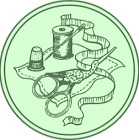
The Annisquam Sewing Circle has been reaching out to the community since its inception.
Bags of groceries were left on the doorsteps of families in need. Hats and mittens were knit for soldiers during the Civil War and nippers for the Gloucester fishermen. Items were made for the ASC Christmas Fair which included little men out of toothpicks and raisins for children to buy as gifts for family and friends. The money raised went back to the community.
Times have changed but the needs of the community remain the same. The funds raised by the ASC are donated to Cape Ann Community organizations like Wellspring, Open Door, Backyard Growers, and Animal Aid as well as scholarships for Gloucester High School graduating seniors who are going on to college or other post-graduate training.
Join our email list.
Send an email to [email protected] to receive information about upcoming events and news of the ASC. Your email will not be shared with anyone. We value you as a Friend of the ASC and your interest in our activities. As a thank you for your interest and support of the Annisquam Sewing Circle, we will send you an ASC favorite recipe.
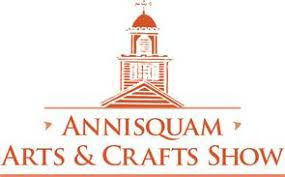
October 7-8, 2023 – 10 AM-5 PM
Annisquam Village Hall, 36 Leonard St, Gloucester, MA
Opening Gala Event for Sponsors Oct 6th 6-9 PM
To Sponsor, please click below
https://annisquamvillagechurch.org/giving/
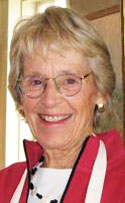
Ellen Egan Stone
February 18, 1938 – September 27, 2023
A Mass of Christian burial will be held on Tuesday, October 3, at 11:00 a.m. at Saint Joachim Church, Rockport, MA. Following the service, the immediate family will gather at Mt. Adnah Cemetery for a private graveside service.
All are welcome to gather at the Annisquam Village Hall at 12:30 p.m. to offer support to the Stones and their extended family, to share stories of special times with such a delightful and beautiful lady.
https://obituaries.gloucestertimes.com/obituary/ellen-stone-1088882597/guestbook
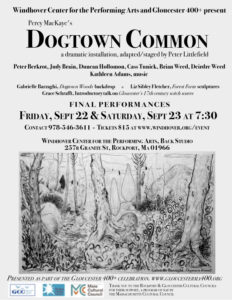
Hope you can make it.
Gabrielle Barzaghi‘s beautiful painted backdrop of the Dogtown woods is an added wrinkle. With Liz Sibley Fletcher’s Forest Forms and works by Geoffrey Bayliss, Evelyn Stewart and Suzanne Brown, we call our show a ‘staged installation’ in which readers build an image of Dogtown as they enact the poem.
Peter D. Littlefield
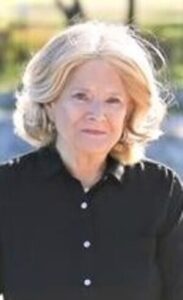 A Celebration of Life will be held at the Annisquam Village Hall on Sunday, September 24 at 2 pm.
A Celebration of Life will be held at the Annisquam Village Hall on Sunday, September 24 at 2 pm.
Essex – Mary F. (Campbell) Warner, 75, of Essex, MA, wife of David C. Warner, passed away at her residence, with her family at her side, after a long battle with cancer. Mary was born in Wappingers Falls, NY on August 22, 1947 and was the daughter of the late Kenneth and Thelma (Coffman) Campbell.
Mary was extremely generous, kind, supportive, and above all put her family first. She would do absolutely anything necessary to support her husband, children, and granddaughter. She never missed any of her family’s sporting events and baked treats for every single one. She particularly enjoyed skiing with the family in Mount Washington Valley and trips to Crested Butte. She loved her friends fiercely and cared for them deeply. Mary had many talents, working in a bank, volunteering for everything at her children’s schools as well as local groups and organizations, and became a successful realtor; she was ambitious and determined. She fought her cancer with bravery and was more courageous and stronger than anyone we know. Her energy is still felt by those that knew her and for that we are grateful.
She is survived by her husband David, her son David and wife Naomi (Chapman) and granddaughter Rose, her son Seth and wife Kim (Wright), and her daughter Kate.
She was predeceased by her parents.
In keeping with her wishes, there are no services at this time. There will be a celebration of life. The date has not yet been set.
Arrangements are by the Greely Funeral Home, 212 Washington St. Gloucester, MA. Online condolences may be given at:
www.greelyfuneralhome.com.
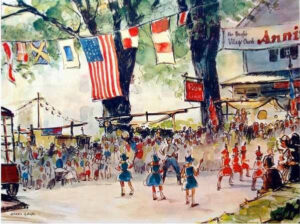
Books, Jewelry, Artwork, White Elephant items, Games for children of All Ages, Food, Ice Cream Social, Sailboat Race, Entertainment and… of course, the Annual Tee Shirts will be for sale at the Fair! You can click here to order mugs, hats and the sailboat for the race at noon online or buy at the Fair.
SeaFair opens at 10:00a on the last Saturday in July
In the Center of the Village of Annisquam
32 Leonard Street
Gloucester MA 01930
The proceeds go to support the Annisquam Village Association that is responsible for the three buildings in the center of the Village and to the Annisquam Village Church for the care of the historic 1830 church and its programs that benefit the community and beyond.
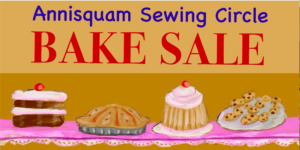 |
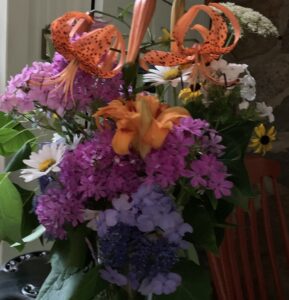 |